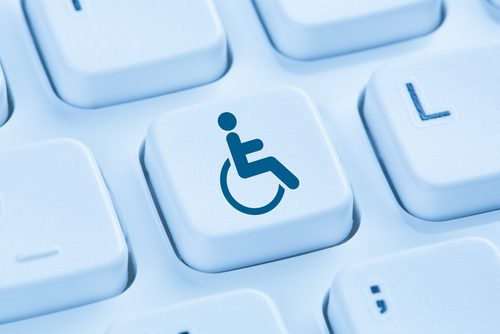
The Importance of Inclusivity in Website Design and Development
Are you a website owner, web designer, or web developer looking to make your website more inclusive and accessible? Inclusivity in website design and development refers to creating a website that is accessible to all users, including those with disabilities or limited access. In this blog post, our own expert website design team in Wolverhampton will explore the importance of inclusivity in web design and development and how you can implement it in your WordPress website.
What is Inclusivity in Web Design and Development?
Inclusivity in web design and development is the process of creating a website that can be accessed and used by all users, regardless of their abilities or limitations. This includes users with vision or hearing impairments, mobility challenges, or limited access to technology. Inclusivity in website design and development aims to ensure that all users can access the information, products, or services provided by the website without any barriers.
The Importance of Inclusivity in Web Design and Development
Inclusivity in website design and development is essential because it allows businesses to reach a wider audience and provide equal access to their offerings. Here are some reasons why inclusivity is critical in web design and development:
- Accessible Websites are Good for Business: Inclusive website design and development can help businesses reach a wider audience, including users with disabilities or limited access. By creating a website that is accessible to all users, businesses can improve their bottom line and gain a competitive advantage.
- Inclusivity Helps Build a Positive Reputation: Businesses that prioritise inclusivity in web design and development build a positive reputation with users. By providing accessibility features like closed captions, screen readers, and keyboard navigation, businesses show they care about the needs of all users, which can improve customer loyalty and brand reputation.
- Inclusivity is a Legal Requirement: Inclusivity in web design and development is not only ethical, but it’s also a legal requirement. The Equality Act (EQA) and Public Sector Bodies (Websites and Mobile Applications) Accessibility Regulations clearly outlines the requirements for websites to be accessible for all users according to WCAG regulations.
How to Implement Inclusivity in WordPress Web Design and Development
Implementing inclusivity in WordPress web design and development requires some simple steps that can help improve accessibility for all users. Here are some tips to help implement inclusivity in WordPress web design and development:
- Use Alt Text for Images: Adding alternative text (Alt Text) to images on your website can help users with visual impairments understand the content of the image. Alt Text is read by screen readers, so it’s essential to include it in all images on your website.
- Provide Transcripts and Closed Captions: Transcripts and closed captions make video and audio content accessible to users with hearing impairments. Providing transcripts and closed captions can improve the overall user experience for all users.
- Use Descriptive Headings and Labels: Using descriptive headings and labels make it easier for users to navigate your website. Screen readers rely on headings and labels to understand the content of your website, so it’s essential to use them accurately.
Conclusion
Inclusivity in website design and development is critical in today’s digital world. By creating a website that is accessible to all users, businesses can improve their bottom line, build a positive reputation, and meet their legal obligations. Remember to use Alt Text for images, provide transcripts and closed captions, and use descriptive headings and labels to create a more inclusive WordPress website. By implementing these tips, you can build a website that is accessible and inclusive for all users.





